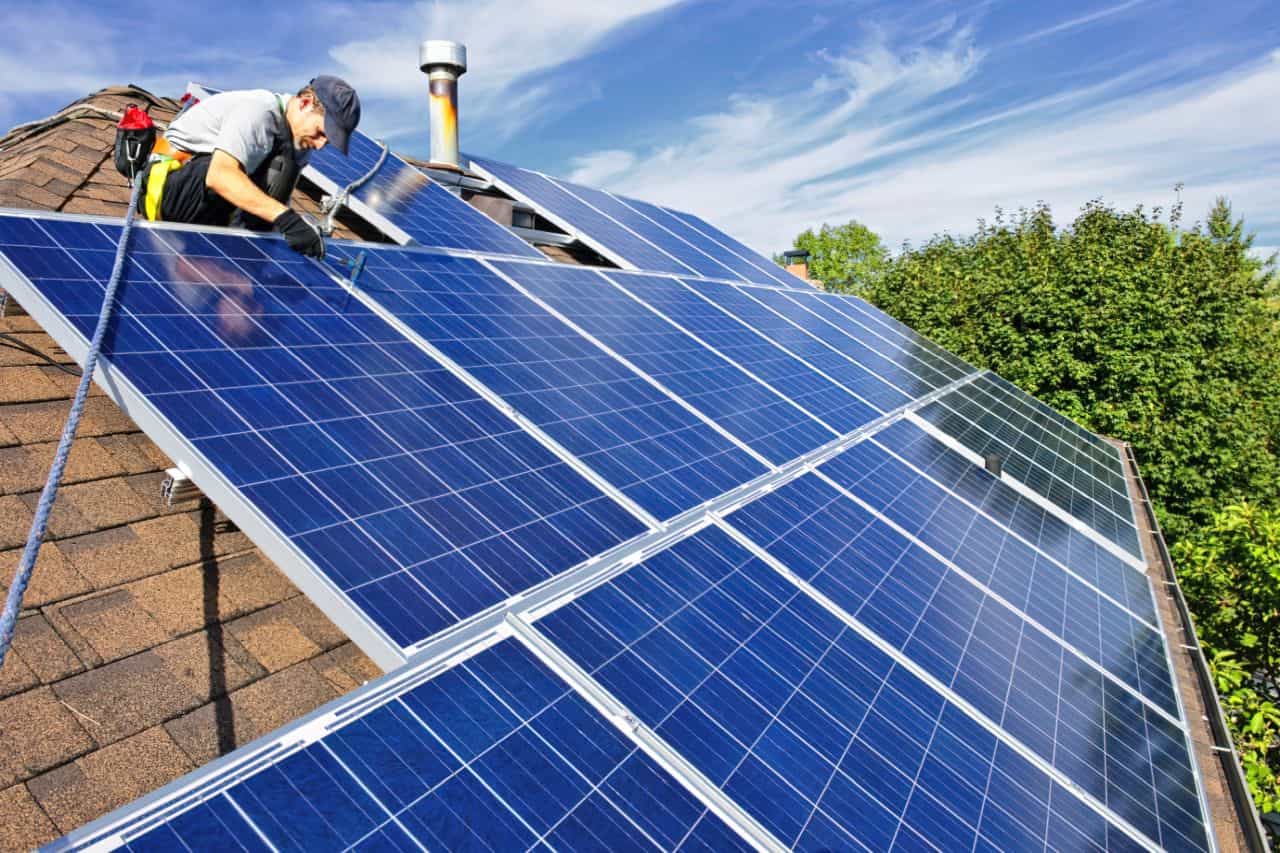Solar power is defined as energy which is created by harnessing solar radiation as electric or thermal energy. This energy can then be converted to usable power in the home. But how does it work? Most commercial solar power systems are made up of a series of photovoltaic panels, which capture the sun’s energy, which is then applied either as heating or power in business or home environments. There are several applications for a solar power system. Whether you just want to relieve a bit of the financial pressure of the monthly power bill, or whether you want to go off grid entirely, there is likely to be a solar power solution for you!
There are different types of installations, which will allow you to pick the best one for your needs, so make sure you research upfront.
The three main types of installation
The three main scales at which solar power is installed, are residential, commercial, and utility. Solar panels for home use are installed as rooftop panels connected as a series. You can also opt for a floor-standing installation, but you will need enough space on the ground for this to be viable.
Commercial installations are often comprised of the same type of panel as in residential installations, but at a far greater scale. Utility-scale installations are however in another league. These are multi-megawatt installations that can supply bulk energy to many customers.
Do it together
There is also the option of a community-based installation, where the installation costs of solar panels and the energy, which is generated, are shared between people within a community. This allows more people to benefit from the installation, while keeping the cost to individuals low enough to manage.
As with anything, each option comes with its own set of pros and cons, and it is important to consider each option careful before committing to one for the long run! Keep costs even lower by going local and searching solar power installers near me instead.
Different kinds of ownership
in the case of direct ownership, you buy the full system and all its component parts, and it remains yours. While this is the most expensive option, it guarantees you full control over everything you have bought, and once the money has been spent, you will have the freedom to use your system without owing anyone anything.
The second option is purchase through financing. This allows you to buy the system in installments, making it more affordable, but also creating a debt situation. Bear in mind that due to the hefty setup costs of solar electricity systems, you could be paying your solar lease for up to 20 years, so you need to be ready for the commitment.
You can also lease your system, which is essentially a rental situation, where you return the system after your period of use. The system will be installed at your property, but you will not be the legal owner. After the initial period, you will have to return it to fulfill your agreement, unless you leased with the option of buying at the end.

